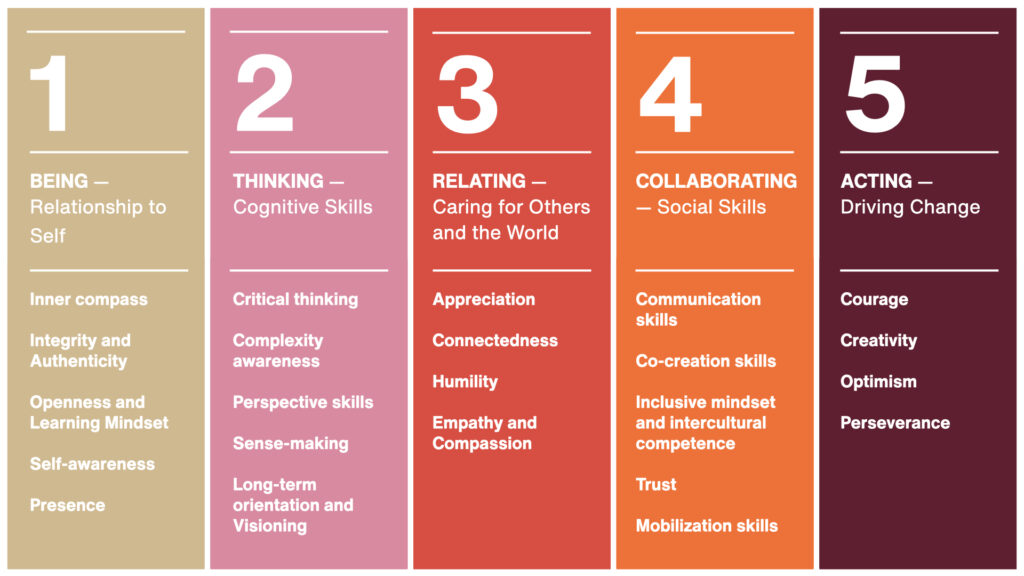
Inspiring and powerful: how the Inner Development Goals can help us move towards a better world
Published on Better Work Together on 14 May 2022. Photo credit for featured image: Alina Harmash.
“Slow down to go fast” is one of the key ideas that I remember most from attending the first-ever Inner Development Goals Summit on April 29 online. Seemingly a paradox, it makes sense that humanity will not be able to move the world in a sustainable direction by doing more of the same.
The Inner Development Goals (IDGs) tell us to pay attention to our often-forgotten inner dimension. The IDG framework is one big invitation to develop ourselves as human beings, so that we are more able to create the world we want to live in.
Our global threats are man-made, and so will be the solutions, but only if we achieve to slow down so that we can act differently, and truly address the challenges we’re facing.

IDGs to achieve SDGs
With the Sustainable Development Goals (SDGs) of the United Nations, we have global goals, but currently we won’t achieve them quick enough. We’re still heading towards a temperature increase that hasn’t happened in the past 3 million years, as esteemed climate scientist Johan Rockström came to tell us during the conference.
Convinced that inner development will be key in turning the tide, the Inner Development Goals are meant to complement the SDGs. Both provide a similar framework, with the IDGs as the inner skills and capacities that will help us to achieve the SDGs.
Transformational skills
What does the framework look like? The 5 categories are easy to remember:
- Being
- Thinking
- Relating
- Collaborating
- Acting
Each category contains 4 or 5 so-called transformational skills, such as self-awareness, perseverance or mobilization skills. A field kit on how to develop these skills is in the making.

Crisp communication
So, what’s new? In my view, the sticky titles, language that is as simple as possible, and the logic and coherence of the framework are the magic ingredients, as they appeal so strongly to a Western mind. Whereas the IDGs in themselves for some will not reveal anything new, the crisp communication has the potential to inspire a much wider audience than ever before. Powerfully branded, inner development might become popular at a faster pace. And the world might become a better place.
Sounds too rosy?
We all have a cynical voice, that doesn’t believe that change is possible. We cannot have imagination without cynicism, as we learned from imagination activist and Enspiral contributor Phoebe Tickell. She guided the conference participants through an imagined conversation with a person living 7 generations from now.
And we cannot have change without courage, which happens to be one of the IDG skills. We all have parts of us that feel we may “die” if we change, said Robert Kegan, the renowned developmental psychologist. So let’s courageously uncover the big assumptions that keep us from change.

Step in and practice
Being aware of the challenge ahead of us, how can we make it happen? Where can we practice and develop the IDG skills? Leadership expert Jennifer Garvey Berger invited us to think about developmental relationships, that help us to grow together with others, and reach for the next version of who we might be.
And Jan Artem Henriksson of the IDG initiative suggested that organisations may be excellent places for human growth. “When we speak about inner, it does not equal individual,” he said. So let’s together develop our inner skills, to create the individual, organisational and societal change we want to see.
To learn more about the IDGs, check out the IDG website.